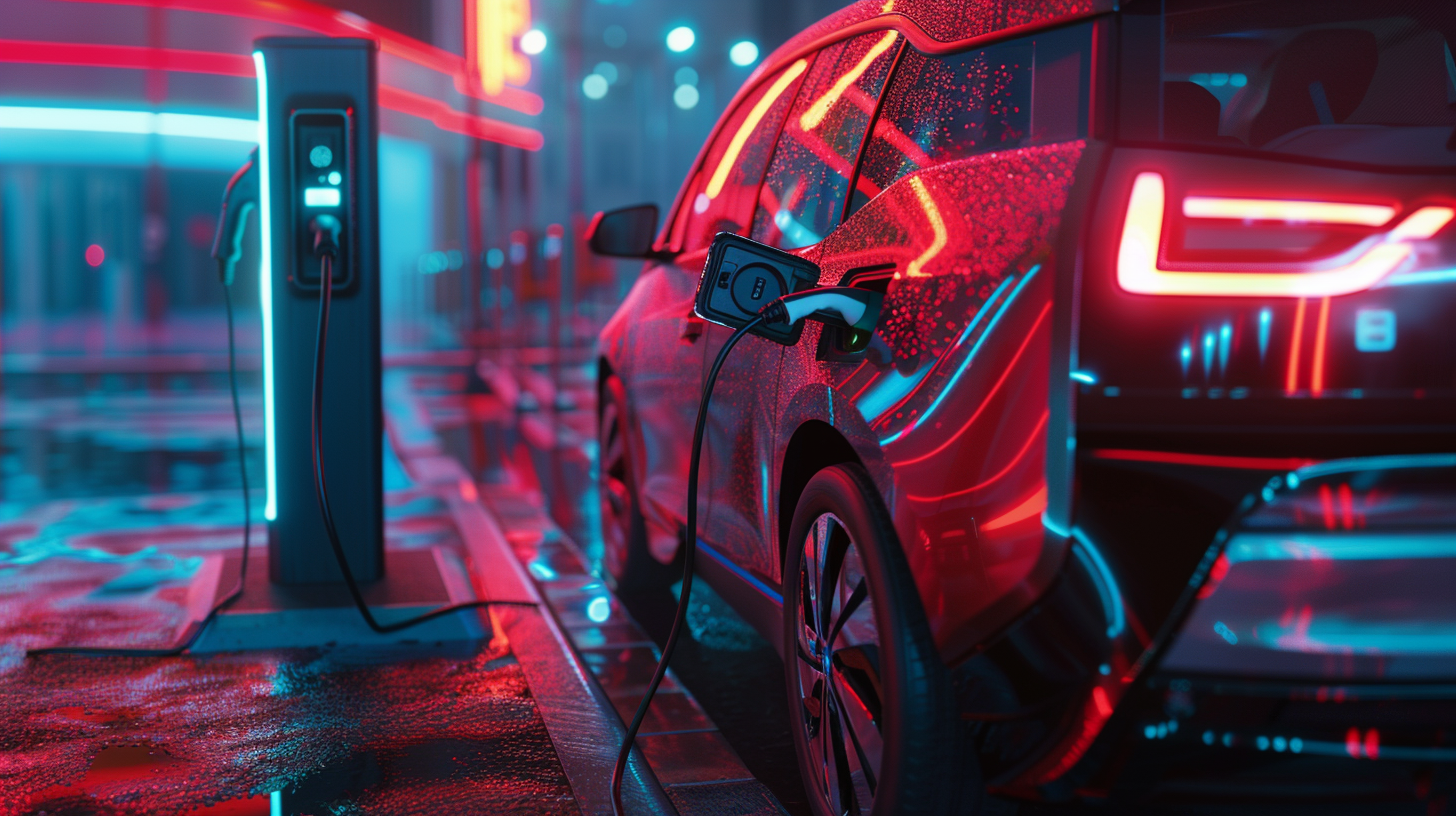
The discussion about electric car or diesel, which is better or more environmentally friendly, divides the motorist nation Germany. Everybody wants to know and defends his point of view with more or less valid arguments. It thus fits perfectly into the picture that a new study on the environmental balance recently caused a stir. The economist Hans-Werner Sinn, emeritus professor at the University of Munich and for many years head of the renowned Munich ifo Institute, came up with his study “Coal Engines, Wind Engines and Diesel Engines: What does the CO2 balance show?” to the result that the electric car is a step backwards compared to the “modern diesel”.
[learn_more caption=”Showdown: electric vs. Diesel”] Showdown: No, diesel is not better for the environment than electric. IO’s Auke Hoekstra responds – again – to electric vehicle disbelievers like Hans-Werner Sinn, emeritus professor at the University of Munich. Read his complete rebuttal here [/learn_more]
“The CO2 emissions of the battery-electric car are only comparable to those of a diesel engine in the best-case scenario, given Germany’s current energy mix and the energy required for battery production”, write Sinn and his two co-authors Christoph Buchal and Hans-Dieter Karl in the study.
In the worst case, an electric car would cause 28 percent more CO2 than a diesel engine, they explain, and thus come to the exact opposite conclusion, as scientists at the Fraunhofer Institute ISI do. “28 per cent less greenhouse gas emissions than a luxury class diesel, up to 42 percent less than a small petrol engine: Anyone who buys a battery-powered electric car today and uses it in Germany emits significantly less CO2 and other climate-relevant gases than a car with a conventional combustion engine over an average service life of 13 years”, they explained in a press release in March.

Tesla Model 3 Versus Mercedes C 220 Diesel
Researchers from the internationally renowned think tank ICCT came to similar conclusions as the Fraunhofer Institute and experts from respected German publications such as Focus and WirtschaftsWoche refuted the study immediately. Thus, WirtschaftsWoche editor Stefan Hajek unmasks the tricks that Sinn and his colleagues used to get their figures. They simply took the worst possible scenarios for the electric car and the best possible scenarios for the diesel, he writes, and there are four central points of criticism.
First, Sinn uses NEDC laboratory values for both vehicles, which are known to be fantasy values and have therefore long since been converted to the WLTP standard by the legislator, whether for electric drive, diesel or gasoline. Studies show, however, that the deviations from NEDC to reality are on average 40 per cent higher for diesel and gasoline cars, while the deviations for electric cars are only 8 per cent. Why Sinn and his co-authors have worked with these old standards, even though “more accurate standards such as WLTP or EPA and even empirical consumption values are easily accessible for both vehicles, remains his secret.”
Secondly, the study assumes a battery life of just 150,000 km. With the Tesla, this would only be 300 times charged and discharged. However, tests with the battery of a Tesla Model 3 show that it can last for around 1.5 million kilometres without any problems. At the end of its service life as a vehicle battery, it can also be used as a house storage unit for solar systems or as an intermediate storage unit in local power grids. This is a point that the study fails to address.
Third, Sinn simply adds the energy needed to produce the battery to the car. However, there is no offsetting for the parts of the Mercedes Diesel that are not used in the electric car (combustion engine, transmission, exhaust system, exhaust gas cleaning). Neither are the material savings – and thus the CO2 emissions saved for production – due to the much lower maintenance requirements of the electric car. In addition, Sinn only speaks of electricity generated from fossil fuels.
Fourth, for whatever reason, Sinn calculates CO2 emissions for the traction current of the Tesla, which are 16 per cent higher than the official figures of the Federal Environment Agency.

Criticism from All Sides
Further studies by the Paul Scherrer Institute, Fraunhofer, ICCT and the Forschungsgesellschaft Für Energiewirtschaft, Agora Energiewende, underscore the defectiveness of the Sinn study. Prof. Dr. Markus Lienkamp, head of the Chair of Automotive Engineering at the Technical University of Munich, also contradicts Sinn and his colleagues. “Mr. Sinn is undisputedly an outstanding economist, but certainly not an engineer or physicist”, Lienkamp is quoted by electrive.net.
“Mr. Buchal states the following competencies on his research homepage on ResearchGate: Material Characterization, Materials, Nanomaterials, Thin Films and Nanotechnology, Microstructure, Advanced Materials, Nanomaterials Synthesis, Thin Film Deposition, Semiconductor Device Physics, Thin Film Technology. I do not know him as an expert in the automotive field. Mr. Karl is a former employee of the ifo Institute and cannot be found in the usual science portals.”
Prof. Lienkamp also criticizes the fact that the article appeared in the ifo express service and “did not undergo a peer review procedure”. The ifo express service is not a scientific publication organ and therefore only reflects the opinion of the authors, he emphasizes. And this opinion is characterized by an anti-electrocar-ideology, as the authors themselves admit in the foreword: “We explain the current facts in such detail because we assume that the postulated complete emission-free nature of e-cars is a targeted industrial policy deception”, it says.
Also interesting:
Electric Vs. Diesel (2): ‘It’s Like Marketing an Improved Incandescent Lamp’
Diesel Driving Bans: The Return of the Bus on the Overhead Contact Line
How to Convert your Diesel Bus into an Electric One: In-Tech Knows How








